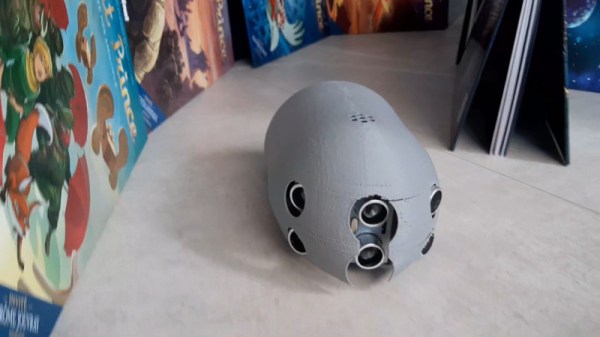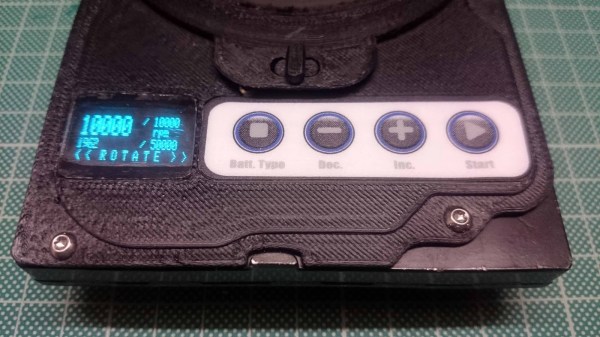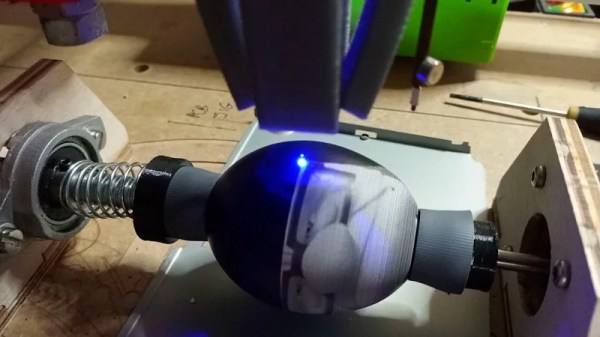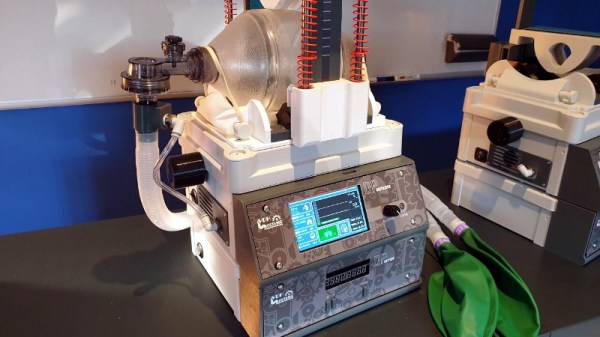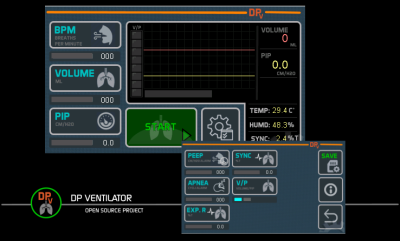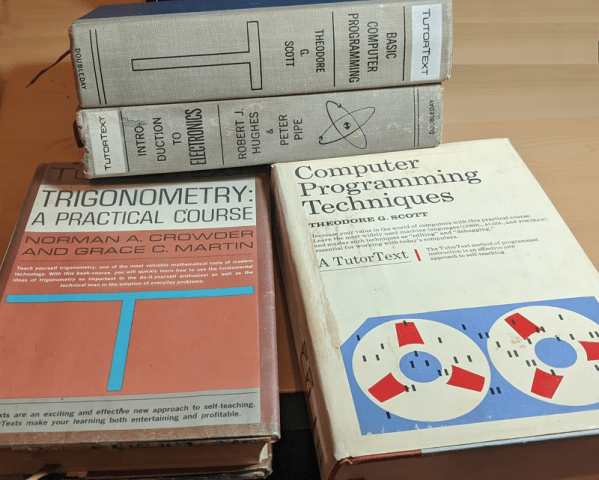Cats are nature’s born hunters. Whether its rodents, insects, or lasers, they’ll pounce and attack with ruthless efficiency. Built to challenge a cat, or perhaps merely to tease it, Sourino is a robotic mouse built with common off-the-shelf parts.
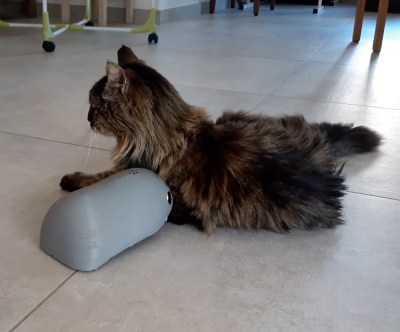
So named for the combination of Souris (French for “mouse”) and Arduino, the project is driven by an Arduino Nano. Hooked up to three sets of ultrasonic transducers, this gives the robot mouse much improved obstacle avoidance abilities compared to using just a single transducer front-and-centre. The ‘bot can navigate basic mazes or household floors with ease. A pair of geared motors are used for drive, using simple skid-steering to turn corners. It’s all packed in a 3D printed enclosure, which mounts the various components and exposes the ultrasonic sensors. There’s even an IR remote enabling mode selection or full manual control.
While the ‘bot lacks the speed and agility of common house mice, it’s nevertheless a project that teaches plenty of valuable lessons. We’re sure [Electrocat01] picked up plenty of skills in robotic navigation, mechanical design and 3D printing along the way. Creating robot mice is actually a competitive field, as we’ve seen before. Video after the break.

